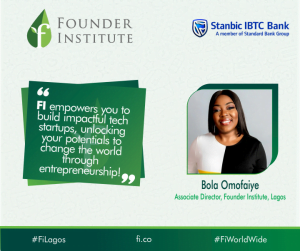Prior to mankind’s occupation of the earth, the planet was balanced and healthy, functioning in a completely circular way.
Even as we live in an era of great technological innovations capable of making people live longer, healthier lives, we’re confronted with the devastating effects of climate change. There’s increasingly clear evidence that humans are destroying the planet at an unprecedented rate.
The good news is that efforts are underway to slow down the global climate crisis as world leaders and organizations are embracing a circular economy.
A circular economy is a systemic approach to economic development in ways that benefit businesses, societies, and the environment.
It is a restorative and regenerative process designed to do away with the ‘take-make-waste’ linear model that is still in use.
As the term implies, a circular economy gradually reduces the use and consumption of finite resources through economic activities. In practice, the concept promotes activities that preserve value in the form of energy, labor, and materials.
In a circular economy, non-renewable resources are avoided in favor of renewable ones. In other words, products, components, and materials have to be designed for durability, reuse, remanufacturing, and recycling to ensure their continuous circulation in the economy.
Circular systems make effective use of bio-based materials by encouraging many different uses for them as they cycle between the economy and natural systems.
For instance, by refashioning waste plastic into new products, there’ll be less waste pollution and raw materials will also be maximized.

To operate a sustainable circular economy, there’s a need for effective collaboration at every level involving SMEs, big corporations, organizations, and individuals, globally and locally.
Like other parts of the world, African countries are deploying circular solutions to attain vital climate action targets and sustainable development goals.
With this in mind, the African Circular Economy Alliance (ACEA) was launched to accelerate the continent’s shift to a circular economy that boosts economic growth, jobs, and the environment.
If we transition to a circular economy, the impact will cut across every sector of society. Let’s take a look at some other potential benefits of transitioning to a circular economy.
- Less emission of toxic gases into the atmosphere
- Increased potential For economic growth
- Lower cost of virgin-material requirements for players in the manufacturing industry
- Creation of job opportunities
- Increased disposable income of homeowners
- Improved health and living conditions
Circularity is disrupting the linear economy and has moved beyond the proof of concept. At its present phase, what remains is to make the circular economic practices pervasive.
As a citizen, you might want to ask yourself: how much am I contributing to the circular economy?






























